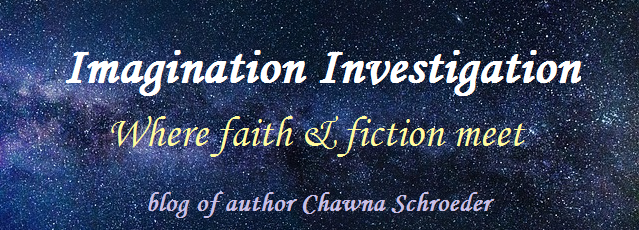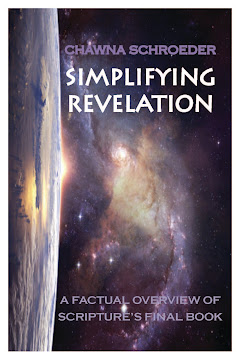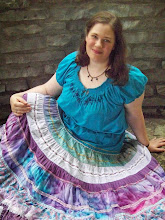Title: The Hunger Games
Series: The Hunger Games Trilogy #1
Author: Suzanne Collins
Genre: YA (14-18) Sci-fi Dystopia
Excerpt from Chapter 1 of The Hunger Games:
When I wake up, the other side of the bed is cold. My fingers stretch out, seeking Prim’s warmth but finding only the rough canvas cover of the mattress. She must have had bad dreams and climbed in with our mother. Of course, she did. This is the day of the reaping.
I prop myself up on one elbow. There’s enough light in the bedroom to see them. My little sister, Prim, curled up on her side, cocooned in my mother’s body, their cheeks pressed together. In sleep, my mother looks younger, still worn but not so beaten-down. Prim’s face is as fresh as a raindrop, as lovely as the primrose for which she was named. My mother was very beautiful once, too. Or so they tell me.
Sitting at Prim’s knees, guarding her, is the world’s ugliest cat. Mashed-in nose, half of one ear missing, eyes the color of rotting squash. Prim named him Buttercup, insisting that his muddy yellow coat matched the bright flower. He hates me. Or at least distrust me. Even though it was years ago, I think he still remembers how I tried to drown him in a bucket when Prim brought him home. Scrawny kitten, belly swollen with worms, crawling with fleas. The last thing I needed was another mouth to feed. But Prim begged so hard, cried even, I had to let him stay. It turned out okay. Mother got rid of the vermin and he’s a born mouser. Even catches the occasional rat. Sometimes, when I clean a kill, I feed Buttercup the entrails. He has stopped hissing at me.
Entrails. No hissing. This is the closest we will ever come to love.
A teenaged girl volunteers to take her sister’s place in a futuristic, gladiator-styled fight to the death.
Craft: In many novels I read, the author exhibits strength in either characters of plot. Yes, the ideal is to have both, but this is the exception rather than the rule, and the reader must be content for one or the either to carry the story.
But The Hunger Games is one of the exceptions.
The characters, from protagonist Katniss to secondary characters like Foxface and Cinna, are multi-layered. They have flaws. They have virtues. Yet all the protagonists—and many of the secondary ones—remain likeable (or at least respected) so that you cheer them onto the end.
The plot is, if possible, even better. Tightly constructed from chapter one, the novel presents a true page-turner. No spot sags in pace, and every page crackles with tension, even the parts you expect to be boring.
This combined with visual writing, well-integrated description, detailed world-building, a quirk of wit, a solid voice, and a resolution that resolves but leaves you wanting the next book—is it any wonder that it’s as popular as it is among teens?
Content: The Hunger Games is a mixed bag content, a novel cast in grays.
On one hand, I was impressed with how clean this book was, considering where the author could have taken it as a secular YA novel on a very dark topic.
But though violent and dark at times, the darkness never overwhelms and the violence isn’t gory, but almost downplayed. In face, despite its bloody setting, this book is almost bloodless, less gory than some Christian novels I’ve read of late.
Likewise, the romance. Plenty of kissing, but that’s about it. No sex. The hero and heroine share a sleeping bag, but it’s purely for survival and nothing occurs. The one clear scene of nudity (the protagonist actually goes to some lengths to avoid dealing with nudity) is in a non-romantic, non-sexual context, where it is basically stated and left at that.
Beyond this, no language/swearing exists that I’m aware of. Some drinking and drunkenness, but it’s portrayed in a negative light.
No, the concerns with Hunger Games lies beyond the surface.
On one hand, you see acts of sacrifice, protection, dignity, and humanity. There’s grief over the consequence of the Game’s bloodiness and anger over the unfeeling people who enforce and even encourage such bloodletting. Several characters exhibit an unwillingness to murder friend or ally, despite the pressures of government and personal survival.
But on the other hand, you also see the protagonist’s unremorseful participation in illegal activity. Full-scale manipulation and deception is employed against both foe and friend. Attitudes of vengeance and rebellion surface. There’s attempted suicides and a “mercy” killing. Each these can be justified—often necessary to survival—but do the ends ever justify the means? And if they do, where does the justification end and the sin begin? It is a slippery slope, and these difficult questions have no clear answers.
However, in possible favor of The Hunger Games, it does appear that the series intends to show the repercussions of such “justifiable” actions with their long-term effects, unanticipated by the characters. For the consequence are just surfacing at the end of this book, and indications are that they will continue into the next.
Summary: Fabulous craft. Grey-area content. However, I think most teens can probably read and enjoy The Hunger Games, if properly balanced in the media intake (in other words, this type of mixed content should not be a main staple). This story would also make a great discussion book, with many issues to talk about such as if/when certain types of actions are permitted, rebellion versus submission to authority, and what would we do—and what’s the biblical response—if we were faced with such extreme circumstances.
Rating: Craft—5, Content—2, Overall—3.5 out of 5 stars
Friday, December 17, 2010
Subscribe to:
Post Comments (Atom)





2 comments:
I saw the book on the local Target bookshelf and thought it looked interesting. Now I am even more intrigued. I am going to give it a try. Thanks for the depth of your review.
I've been wanting to read this book for a while now. I love learning craft from great authors, and I've heard great stuff about Hunger Games, and you definitely seconded that.
Post a Comment